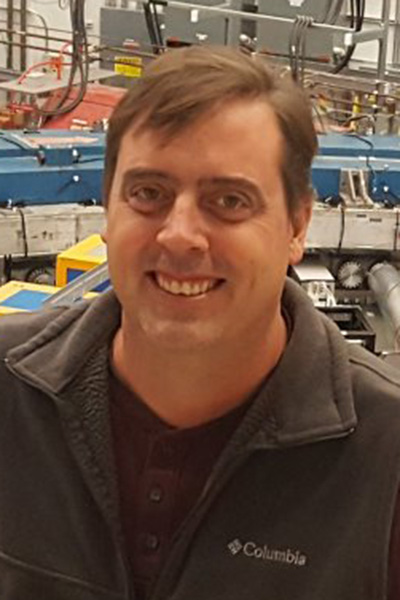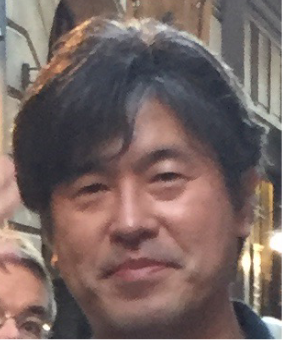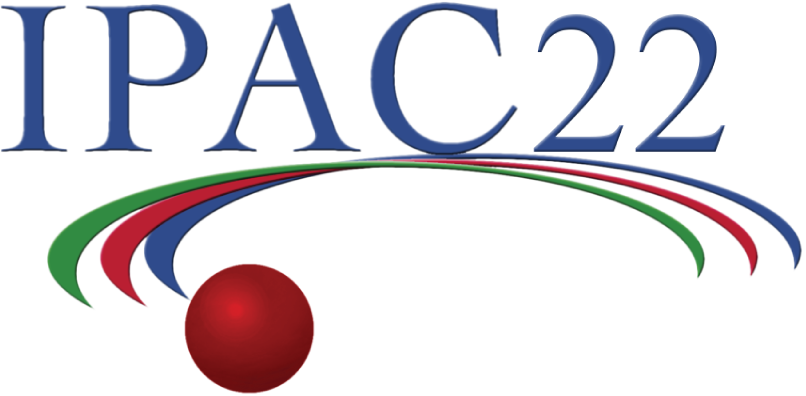
Opening Plenary
Dr. Charles Christian Polly
Charles Christian Polly is currently a senior physicist and the Muon g-2 spokesperson at the Fermilab in the United States of America. He completed his undergraduate education from Missouri University of Science and Technology, Rolla and later received his Ph.D from University of Illinois Urbana-Champaign in 2005. After that, he spent his time in 2005-2008 for his postdoctoral research at Indiana University Cyclotron Facility (IUCF). Polly is being recognized for his work on Muon g-2 at Fermilab. He has contributed his hard efforts for many experiments on the Muon g-2 and many work results are on international publications. As the Muon g-2 spokesperson, Polly has played a wide ranging and challenging role including providing guidance to complete the experiment’s goals and promoting experiment outside Fermilab. He is also aware that his job is to spread the excitement and importance of the physics program of the Fermilab to the public, agencies and the broader high-energy physics community.
Being recognized from his contribution to the Muon g-2 collaboration, Polly has won a Falling Walls Award in physical sciences, which honors researchers doing groundbreaking work in the observation and understanding of natural phenomena of the earth, atmosphere and space.
Closing Plenary
Professor Tomoki Nakamura
Tomoki Nakamura is currently a professor at the Laboratory for Early Solar System Evolution, Division of Earth and Planetary Materials Science, Graduate School of Science, Tohoku University in Japan. Nakamura received his BS in 1989, MS in 1991, and doctorate degree in Science in 1993 from the University of Tokyo. Later, he continued his study abroad at the Solar System Exploration Division, National Aeronautics and Space Administration (NASA/JSC) and Max Planck Institute for Chemie at Mainz in Germany. Nakamura was appointed as an associate professor at Kyushu University in 2001. He, later on, became a professor at Tohoku University in 2012. His research interests cover mineralogy and isotope chemistry in meteorites and interplanetary dust particles. Based on the analysis, he tries to elucidate the origin and early history of our solar system. Recently, Nakamura concentrates exclusively on the study of samples from asteroids recovered from asteroid Itokawa and Ryugu by the Hayabusa and Hayabusa2 space mission.

